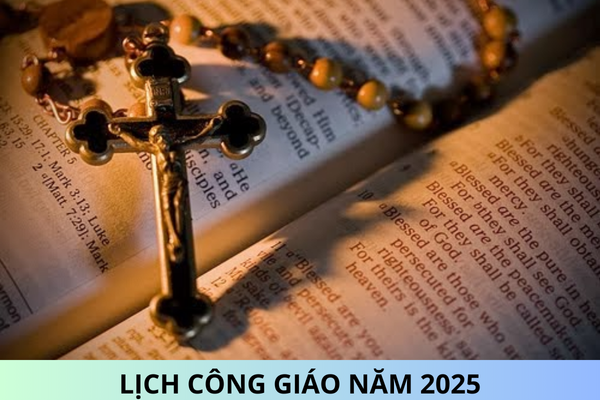Intangible Cultural Heritage and Tangible Cultural Heritage Includes What?
Tangible cultural heritage and intangible cultural heritage are understood as follows:
+ Intangible cultural heritage refers to spiritual products associated with a community or individual, related objects, and cultural spaces, which have historical, cultural, and scientific value, embody the identity of the community, are continuously recreated, and transmitted from generation to generation through oral traditions, craftsmanship, performances, and other forms.
+ Tangible cultural heritage refers to material products of historical, cultural, and scientific value, including historical-cultural monuments, landscapes, relics, antiques, and national treasures.
In Article 2 of Decree 98/2010/ND-CP guiding the Law on Cultural Heritage and the amended Law on Cultural Heritage, intangible and tangible cultural heritage are defined as follows:
- Intangible cultural heritage includes:
+ Language, script;
+ Folk literature;
+ Folk performing arts;
+ Social customs and beliefs;
+ Traditional festivals;
+ Traditional craftsmanship;
+ Folk knowledge.
- Tangible cultural heritage includes:
+ Historical-cultural monuments and landscapes (hereinafter referred to as monuments);
+ Relics, antiques, and national treasures.
The above is the content explaining tangible cultural heritage and intangible cultural heritage.
Respectfully!
You can refer to more at:
Authority to decide the ranking of monuments










